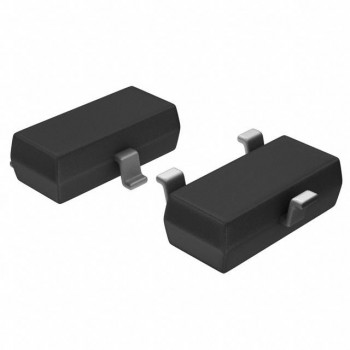The increasing demand for energy efficiency and renewable technologies in today's world has led to the rapid development of various power devices. Power devices are critical components in numerous applications, from household electronics to large-scale industries. This article aims to provide an insight into the world of power devices, their classification, applications, and role in shaping our future.

Understanding Power Devices:
Power devices are semiconductor components that primarily function to control and convert electrical energy. These devices enable electricity management, allowing for efficient power conversion and use. Combining high voltage and current capacity with fast switching speeds, power devices have become the cornerstone of modern power electronics systems.
Classification of Power Devices:
Power devices can be categorized based on their voltage, current, or switching capabilities. Here, we outline three primary classifications:
1. Diodes: These are passive, two-terminal power devices meant for unidirectional current flow. They allow current to pass through them only when forward-biased, making them suitable for rectification and voltage regulation applications.
2. Thyristors: Thyristors are active, three-terminal devices that require a gate signal to initiate their conduction. Once triggered, they maintain conduction without further gate input. These devices are mainly used in power control systems due to their high voltage and current handling capacities.
3. Transistors: Transistors are versatile, three-terminal devices that can function as either switches or amplifiers. Bipolar Junction Transistors (BJTs) and Metal-Oxide Semiconductor Field-Effect Transistors (MOSFETs) are commonly used power transistors. They offer high-speed switching and excellent control over a range of applications.
Application Fields of Power Devices:
The utility of power devices spans across many realms, making them indispensable in today's interconnected world. Some key application fields include:
1. Renewable Energy Systems: Power devices play a vital role in renewable energy applications such as photovoltaic systems and wind energy conversion. They facilitate efficient energy conversion, storage, and distribution processes.
2. Electric Vehicles: Power devices are crucial components in electric and hybrid vehicles, controlling energy flow from the battery to the electric motors and other subsystems. They ensure optimized energy usage and extend vehicle range.
3. Power Conversion and Management: Power devices enable efficient energy conversion across AC and DC domains. Applications include rectifiers, inverters, and switching power supplies, vital for modern electronic devices, data centers, and telecommunications systems.
4. Industrial Automation: Power devices facilitate precise control and high-speed switching capabilities necessary for robotics, motor drives, and other automated systems across various industries.
5. Consumer Electronics: In our daily lives, power devices are essential components of smartphones, laptops, television sets, and countless other consumer electronic devices. They work behind the scenes to ensure energy efficiency and long-term device operation.
Power devices are the unsung heroes of modern technology, unlocking new possibilities in energy efficiency, renewable technologies, and advanced electronics. As our understanding and manufacturing capabilities evolve, these essential components continue to pave the way for a greener, more efficient, and interconnected world. So the next time you come across a gadget or an application that you admire, remember the power devices working tirelessly behind the scenes to make it all possible.
related product recommendatio:

